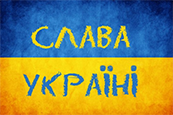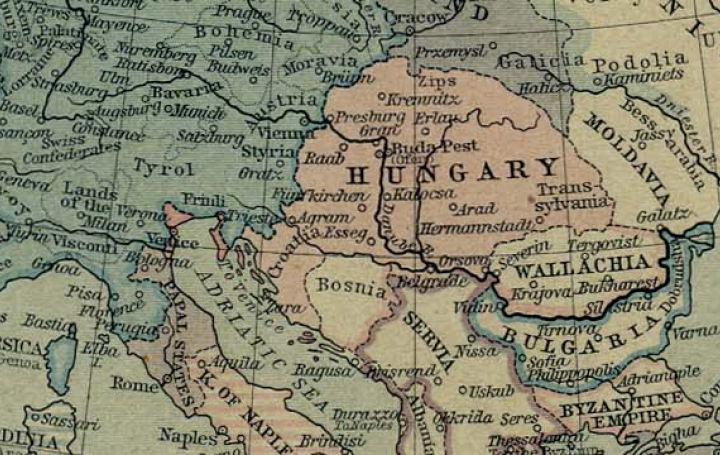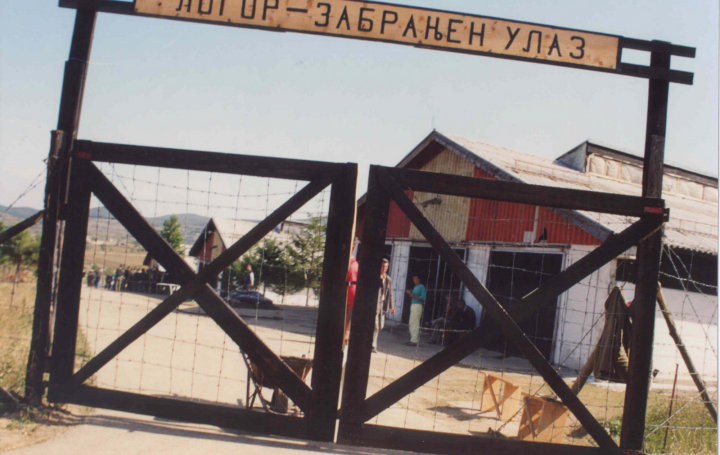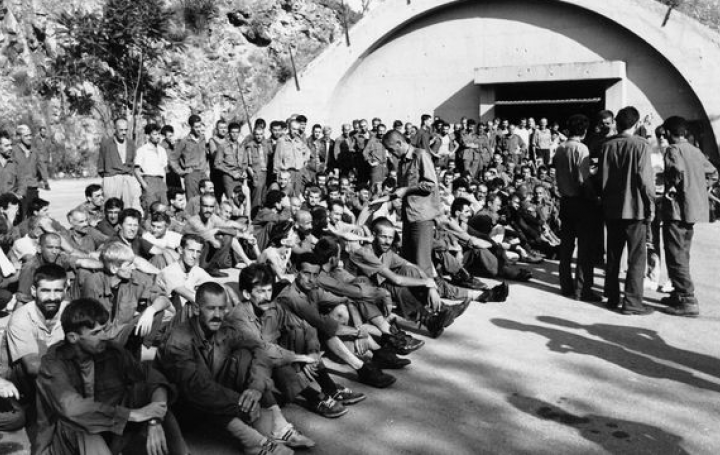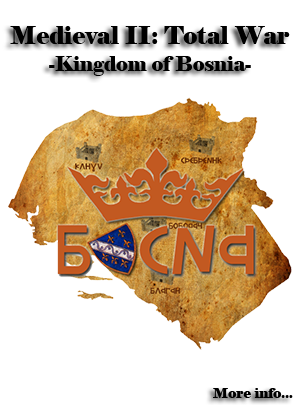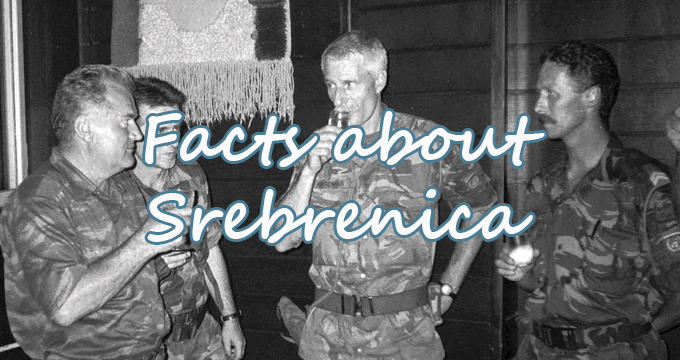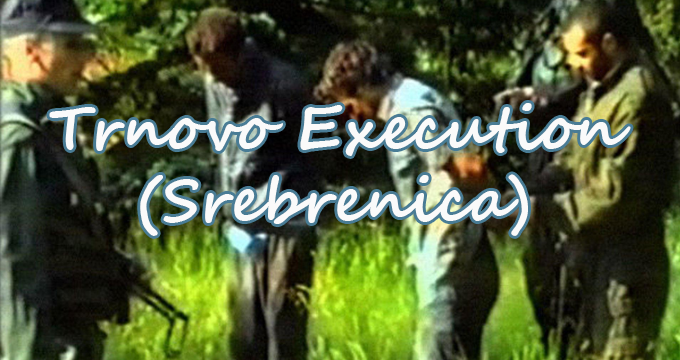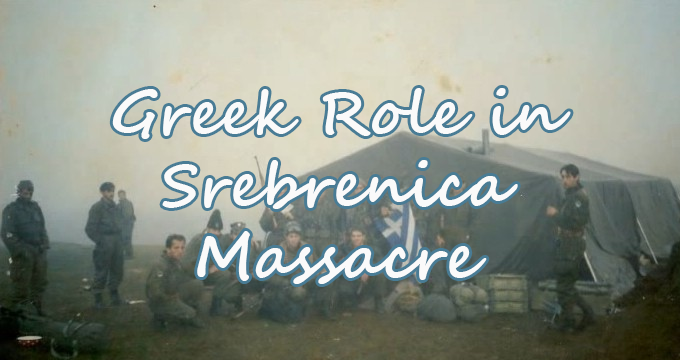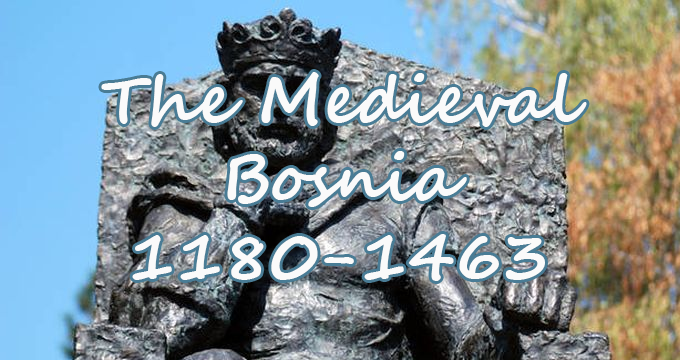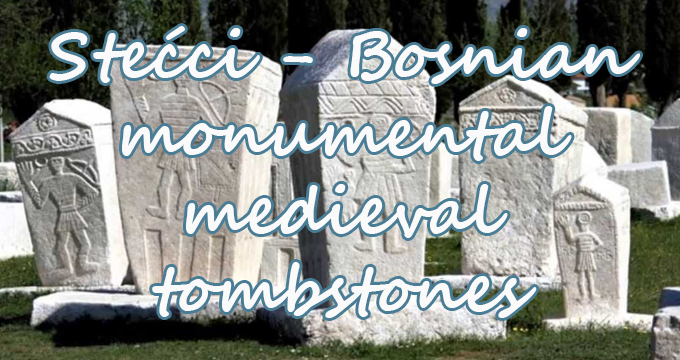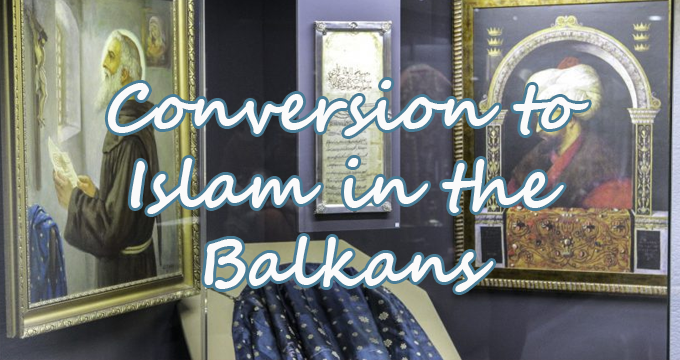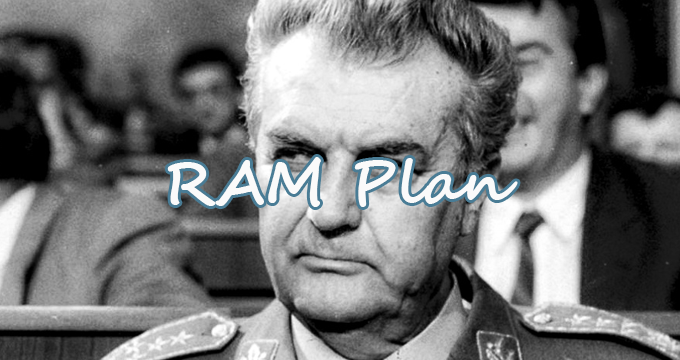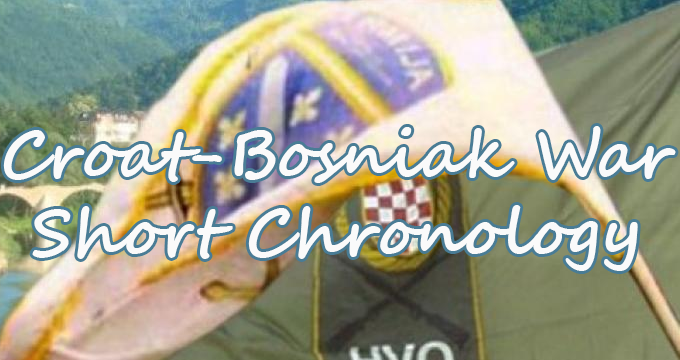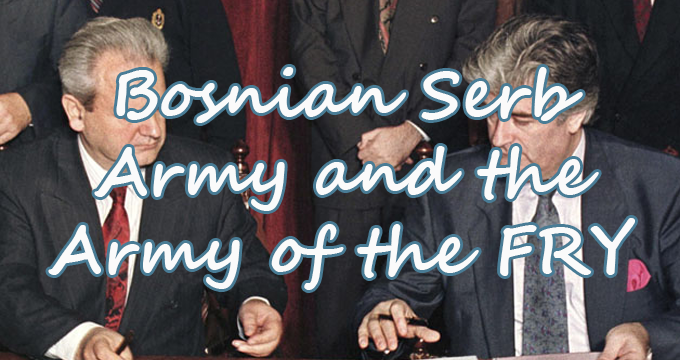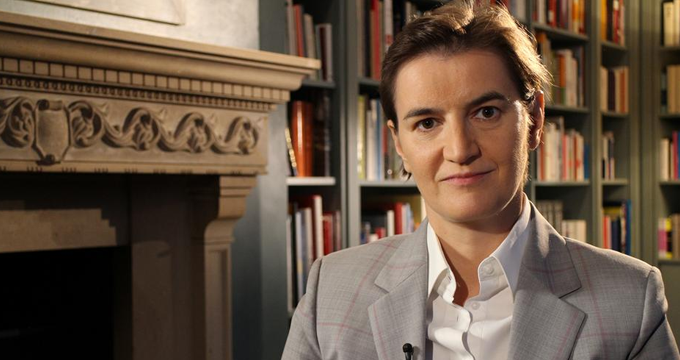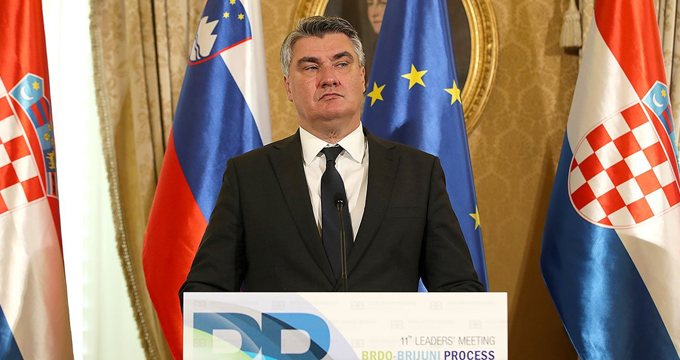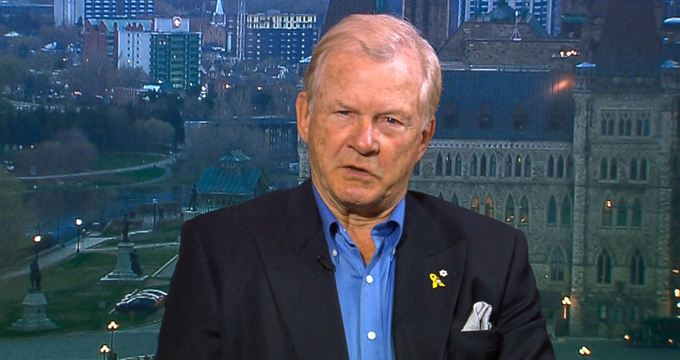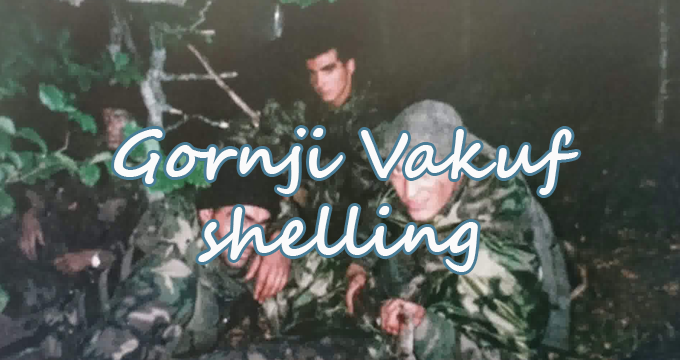Gornji Vakuf is a town to the south of the Lašva Valley and of strategic importance at a crossroads en route to Central Bosnia. It is 48 kilometres from Novi Travnik and about one hour's drive from Vitez in an armoured vehicle. For Croats it was a very important connection between the Lašva Valley and Herzegovina, two territories included in the self-proclaimed Croatian Community of Herzeg-Bosnia. The Croat forces shelling reduced much of the historical oriental center of the town of Gornji Vakuf to rubble. [51]
On January 10, 1993, just before the outbreak of hostilities in Gornji Vakuf, the Croat Defence Council (HVO) commander Luka Šekerija, sent a "Military – Top Secret" request to Colonel Tihomir Blaškić and Dario Kordić, (later convicted by ICTY of war crimes and crimes against humanity i.e. ethnic cleansing) for rounds of mortar shells available at the ammunition factory in Vitez. [52] Fighting then broke out in Gornji Vakuf on January 11, 1993, sparked by a bomb which had been placed by Croats in a Bosniak-owned hotel that had been used as a military headquarters. A general outbreak of fighting followed and there was heavy shelling of the town that night by Croat artillery. [51]
During cease-fire negotiations at the Britbat HQ in Gornji Vakuf, colonel Andric, representing the HVO, demanded that the Bosnian forces lay down their arms and accept HVO control of the town, threatening that if they did not agree he would flatten Gornji Vakuf to the ground. [51] [53] The HVO demands were not accepted by the Bosnian Army and the attack continued, followed by massacres on Bosnian Muslim civilians in the neighbouring villages of Bistrica, Uzricje, Duša, Ždrimci and Hrasnica.[54] [55] During the Lašva Valley ethnic cleansing it was surrounded by Croatian Army and Croatian Defence Council for seven months and attacked with heavy artillery and other weapons (tanks and snipers). Although Croats often cited it as a major reason for the attack on Gornji Vakuf, the commander of the British Britbat company claimed that there were no Muslim holy warriors in Gornji Vakuf (commonly known as Mujahideen) and that his soldiers did not see any. The shelling campaign and the attackes during the war resulted in hundreds of injured and killed, mostly Bosnian Muslim civilians. [51]
References:
1. a b c d "ICTY: Kordic and Cerkez verdict - IV. Attacks on towns and villages: killings - 2. The Conflict in Gornji Vakuf". [51]
2. "ICTY: Kordic and Cerkez verdict - IV. Attacks on towns and villages: killings - 4. Role of Dario Kordic". [52]
3. "SENSE Tribunal: Poziv na predaju". [53]
4. "SENSE Tribunal: Ko je poceo rat u Gornjem Vakufu". [54]
5. "SENSE Tribunal: "James Dean" u Gornjem Vakufu". [55]

